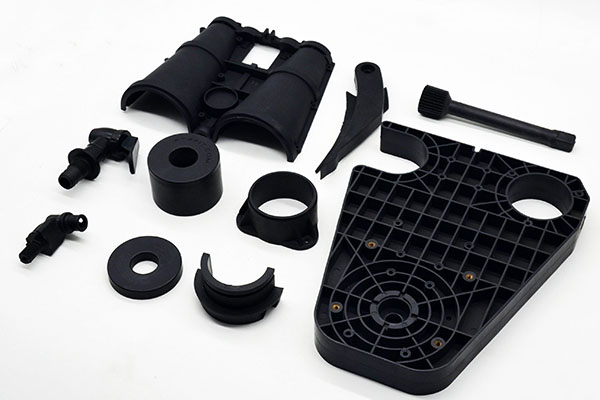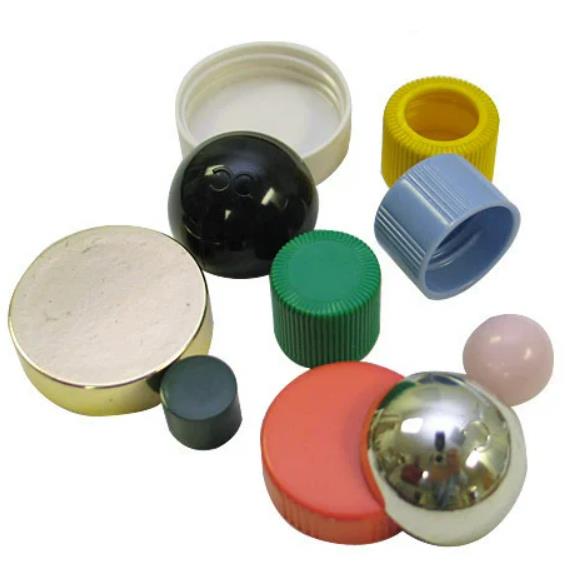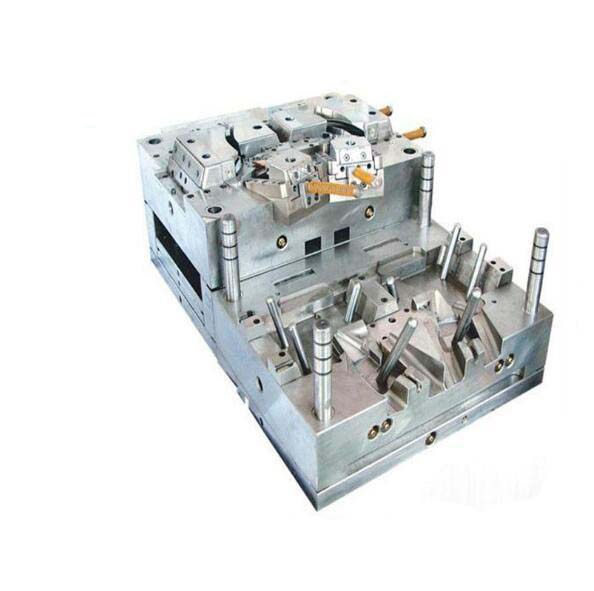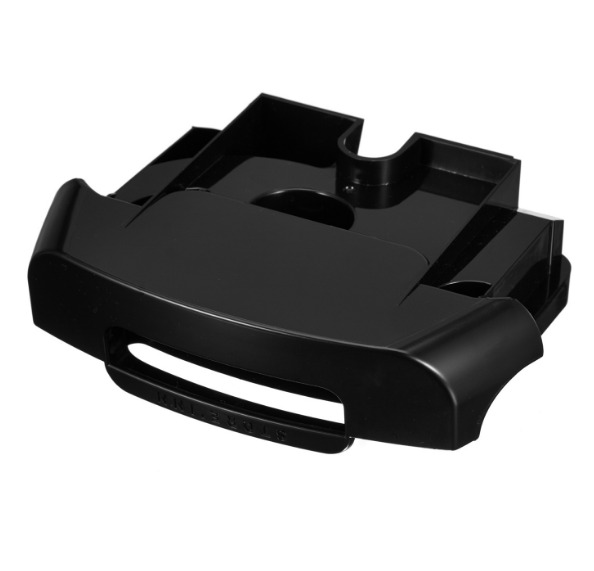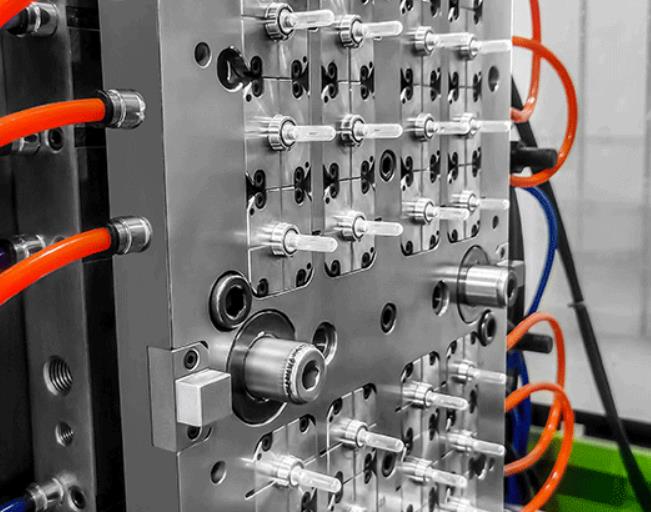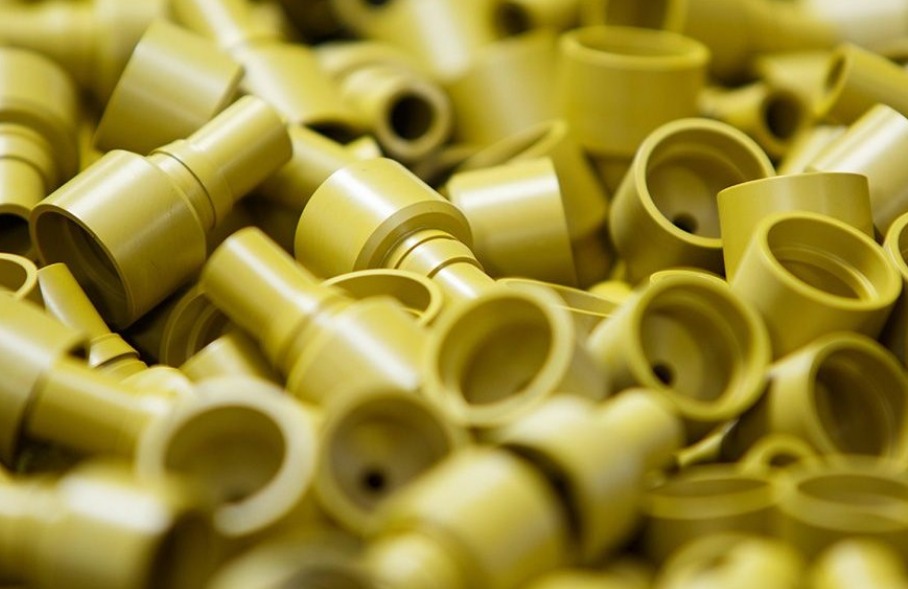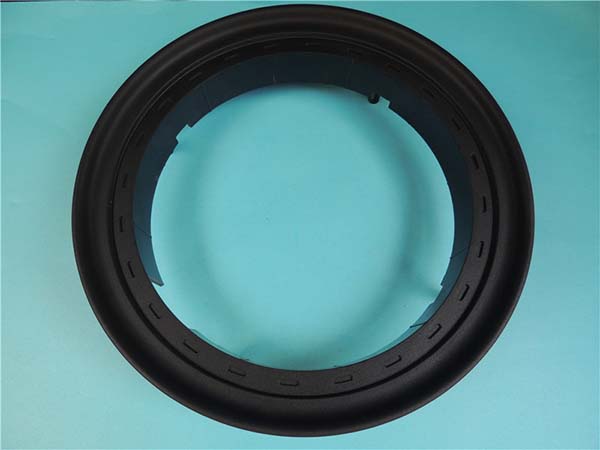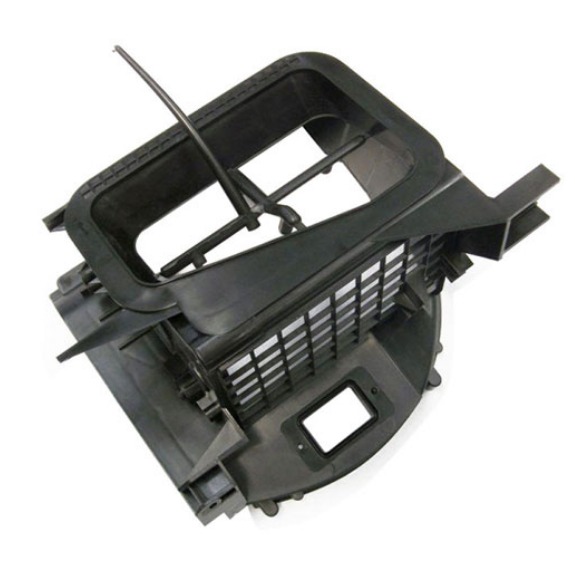What is Gas Injection Moulding Process?
Gas injection moulding is an advanced manufacturing process that combines the principles of traditional injection moulding with the use of gas, typically nitrogen. This innovative technique has gained significant traction in the plastic manufacturing industry due to its ability to produce high-quality parts with unique characteristics.
The Traditional Injection Moulding Foundation
In traditional injection moulding, molten plastic is injected into a closed mould cavity under high pressure. The plastic fills the cavity, taking on the shape of the mould. Once the plastic has cooled and solidified, the mould is opened, and the finished part is ejected. This process is widely used for mass - producing plastic components across various industries, from automotive to consumer electronics. However, it has its limitations, such as issues with warping, sink marks, and uneven wall thickness in some complex parts.
The Role of Gas in Gas Injection Moulding
In gas injection moulding, after the plastic is partially injected into the mould, a high - pressure gas (usually nitrogen) is introduced into the plastic melt. The gas acts as a "pushing" and "shaping" agent. Here's how it works:
- Gas Penetration: The gas penetrates the molten plastic, creating a hollow core within the part. This is especially useful for manufacturing parts with thick sections, as it reduces the amount of plastic required and helps to eliminate internal voids and sink marks that can occur in traditional injection moulding. For example, in the production of large - scale plastic handles or hollow plastic tubes, the gas can create a uniform hollow structure throughout the part.
- Even Pressure Distribution: The gas helps to distribute the pressure more evenly within the mould. In traditional injection moulding, the pressure applied by the injection screw can cause uneven stress on the plastic, leading to warping. With gas injection, the gas exerts a uniform pressure on the inner surface of the plastic, resulting in a more stable and dimensionally accurate part.
- Enhanced Surface Finish: By reducing the amount of plastic in contact with the mould walls and minimizing the risk of sink marks, gas injection moulding often leads to a better surface finish. This is crucial for parts where aesthetics matter, such as in consumer product casings.
Key Stages in the Gas Injection Moulding Process
Plastic Melting and Injection
The first crucial stage in the gas injection moulding process is the melting and injection of the plastic material. Plastic pellets are fed into a heated barrel, where a rotating screw gradually conveys them forward. As the pellets move along the barrel, they are exposed to increasing heat. This heat, typically generated by electrical heaters wrapped around the barrel, softens and melts the plastic. The temperature within the barrel is precisely controlled according to the type of plastic being processed. For example, polyethylene (PE) may require a melting temperature range of 120 - 200°C, while polycarbonate (PC) needs a higher temperature range of 250 - 300°C.
Once the plastic is fully molten, it is forced under high pressure through a nozzle and into the mould cavity. The injection pressure can range from 50 - 200 MPa, depending on factors such as the complexity of the mould, the viscosity of the plastic, and the desired part quality. High - pressure injection ensures that the molten plastic quickly and completely fills every intricate detail of the mould cavity, replicating the shape accurately.
Gas Introduction
After the plastic has been partially injected into the mould cavity, it's time for the gas to be introduced. The optimal time for gas injection is a critical factor. If the gas is injected too early, it may disrupt the initial filling of the plastic, leading to incomplete parts or defects. If it's injected too late, the plastic may have already started to solidify, and the gas won't be able to penetrate effectively.
Typically, gas injection occurs when the plastic has filled about 60 - 90% of the mould cavity. Nitrogen, being inert and non - reactive with most plastics, is the gas of choice. It is stored in high - pressure cylinders and then released into the plastic melt through a specially designed gas nozzle. The gas injection pressure is also carefully controlled. It usually ranges from 5 - 30 MPa, and this pressure should be adjusted to match the injection pressure of the plastic and the characteristics of the part being produced. For instance, for a thin - walled part, a lower gas injection pressure may be sufficient, while a thick - walled component may require a higher pressure to ensure proper gas penetration and cavity filling.
Cooling and Solidification
Once the gas has been injected and the plastic has filled the mould cavity, the cooling and solidification stage begins. During this stage, the mould is cooled, usually by circulating cool water or other cooling media through channels within the mould. As the plastic cools, it solidifies, taking on the final shape of the part.
The presence of the gas within the plastic plays a significant role during this stage. The gas helps to maintain a uniform pressure on the inner surface of the plastic, which promotes even cooling. This even cooling reduces the internal stresses within the part, minimizing the risk of warping and distortion. In addition, the gas - filled core in the part helps to speed up the cooling process. Since gas has a lower heat capacity compared to solid plastic, the heat is dissipated more quickly from the plastic, allowing for a shorter cycle time. As the plastic solidifies around the gas - filled core, it forms a structure with a hollow interior in the areas where the gas has penetrated, resulting in a lightweight yet strong final product.
Yigu Technology's View
As a non - standard plastic metal products custom supplier, Yigu Technology has extensive experience with the gas injection moulding process. In our practical applications, we've found that this process offers remarkable advantages for creating complex and high - quality plastic - metal composite parts. For instance, when producing parts with specific strength - to - weight ratio requirements, gas injection moulding allows us to reduce the weight of the plastic component while maintaining structural integrity. This not only cuts down on material costs but also improves the overall performance of the final product.
Moreover, the enhanced surface finish obtained through gas injection moulding is highly beneficial for our products that demand an aesthetically pleasing appearance. We've also learned that precise control over the process parameters, such as injection pressure and gas introduction time, is crucial. By fine - tuning these parameters, we can consistently produce parts that meet the strictest quality standards of our clients across various industries.
FAQs about Gas Injection Moulding Process
What types of plastics are most suitable for gas injection moulding?
Most thermoplastics that are used in traditional injection moulding can be used in gas injection moulding. However, some plastics show better results. For example, polypropylene (PP), polyethylene (PE), polyamide (PA), and polycarbonate (PC) are commonly used. PP and PE are popular due to their good flow properties, which allow the gas to penetrate easily. PA has excellent mechanical properties, and its semi - crystalline nature makes it suitable for applications where strength is crucial. PC offers high - temperature resistance and good impact strength, making it a great choice for parts that need to withstand harsh conditions. Additionally, glass - fiber - reinforced plastics can also be used, but special attention must be paid to the gas penetration as the glass fibers can affect the flow behavior of the plastic melt.
